The Sheet Metal Fabrication Equipment Market is currently characterized by a dynamic competitive landscape, driven by technological advancements and increasing demand for precision manufacturing. Key players such as Trumpf (Germany), Amada (Japan), and Bystronic (Switzerland) are at the forefront, each adopting distinct strategies to enhance their market positioning. Trumpf (Germany) emphasizes innovation through significant investments in R&D, focusing on laser technology and automation solutions. Meanwhile, Amada (Japan) is pursuing regional expansion, particularly in emerging markets, to capitalize on the growing demand for sheet metal fabrication. Bystronic (Switzerland) appears to be concentrating on digital transformation, integrating smart manufacturing solutions to optimize production efficiency and reduce operational costs. Collectively, these strategies contribute to a competitive environment that is increasingly shaped by technological prowess and market adaptability.
In terms of business tactics, companies are localizing manufacturing to better serve regional markets and optimize supply chains. The market structure is moderately fragmented, with several players vying for market share, yet the influence of major companies remains substantial. This competitive structure allows for a diverse range of offerings, catering to various customer needs while fostering innovation across the sector.
In August 2025, Trumpf (Germany) announced the launch of its latest laser cutting system, which integrates advanced AI capabilities to enhance precision and reduce waste. This strategic move not only reinforces Trumpf's commitment to innovation but also positions the company to meet the increasing demand for sustainable manufacturing practices. The introduction of AI in their systems is likely to set a new benchmark in the industry, compelling competitors to accelerate their technological advancements.
In September 2025, Amada (Japan) unveiled a new partnership with a leading software provider to develop cloud-based solutions for sheet metal fabrication. This collaboration aims to streamline operations and improve data analytics capabilities for customers. By leveraging cloud technology, Amada is likely to enhance its service offerings, thereby increasing customer loyalty and expanding its market reach. This strategic alliance underscores the importance of digital solutions in maintaining competitive advantage in the current market.
In October 2025, Bystronic (Switzerland) revealed its plans to invest in a new manufacturing facility in Eastern Europe, aimed at increasing production capacity and reducing lead times. This expansion reflects Bystronic's proactive approach to meet the rising demand in the region and demonstrates a commitment to enhancing operational efficiency. Such investments are crucial for maintaining competitiveness in a market that is increasingly focused on rapid delivery and customization.
As of October 2025, the Sheet Metal Fabrication Equipment Market is witnessing trends such as digitalization, sustainability, and AI integration, which are redefining competitive dynamics. Strategic alliances are becoming more prevalent, as companies seek to leverage complementary strengths to enhance their offerings. Looking ahead, it is anticipated that competitive differentiation will increasingly pivot from price-based strategies to innovation, technological advancements, and supply chain reliability, thereby shaping a more resilient and forward-thinking industry.


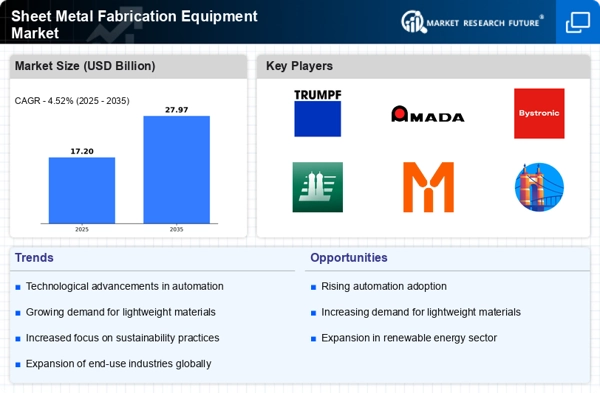
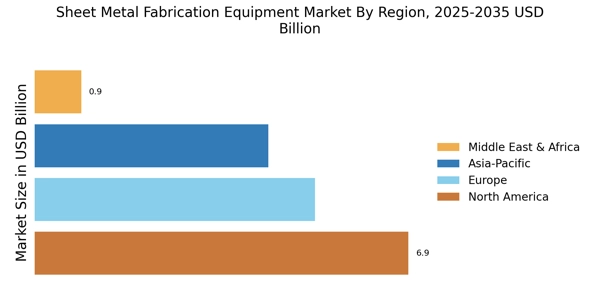
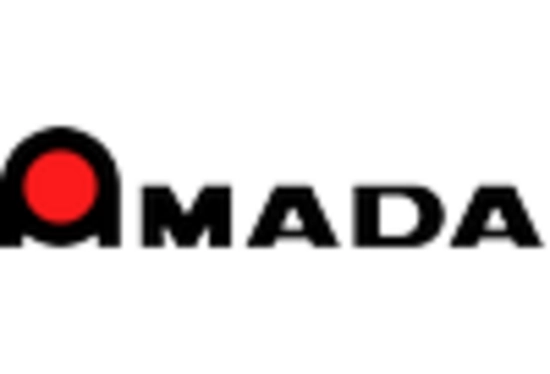
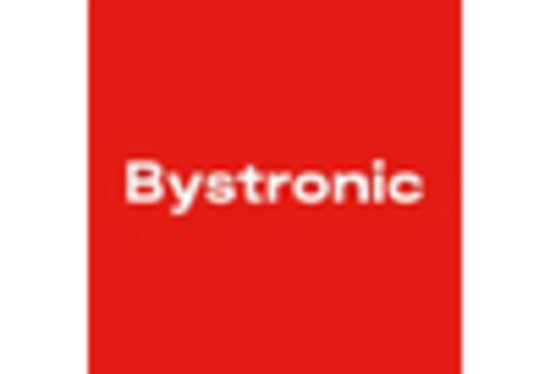

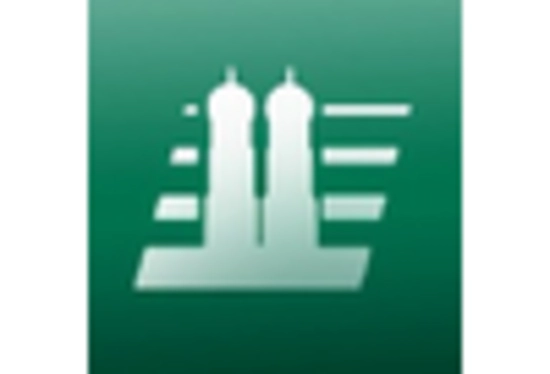
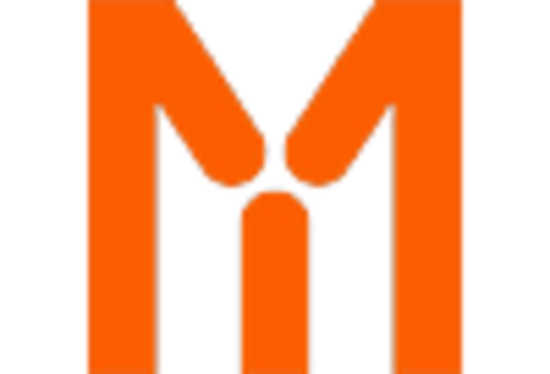
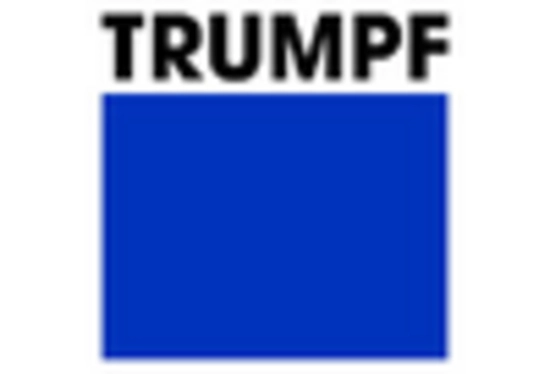








Leave a Comment